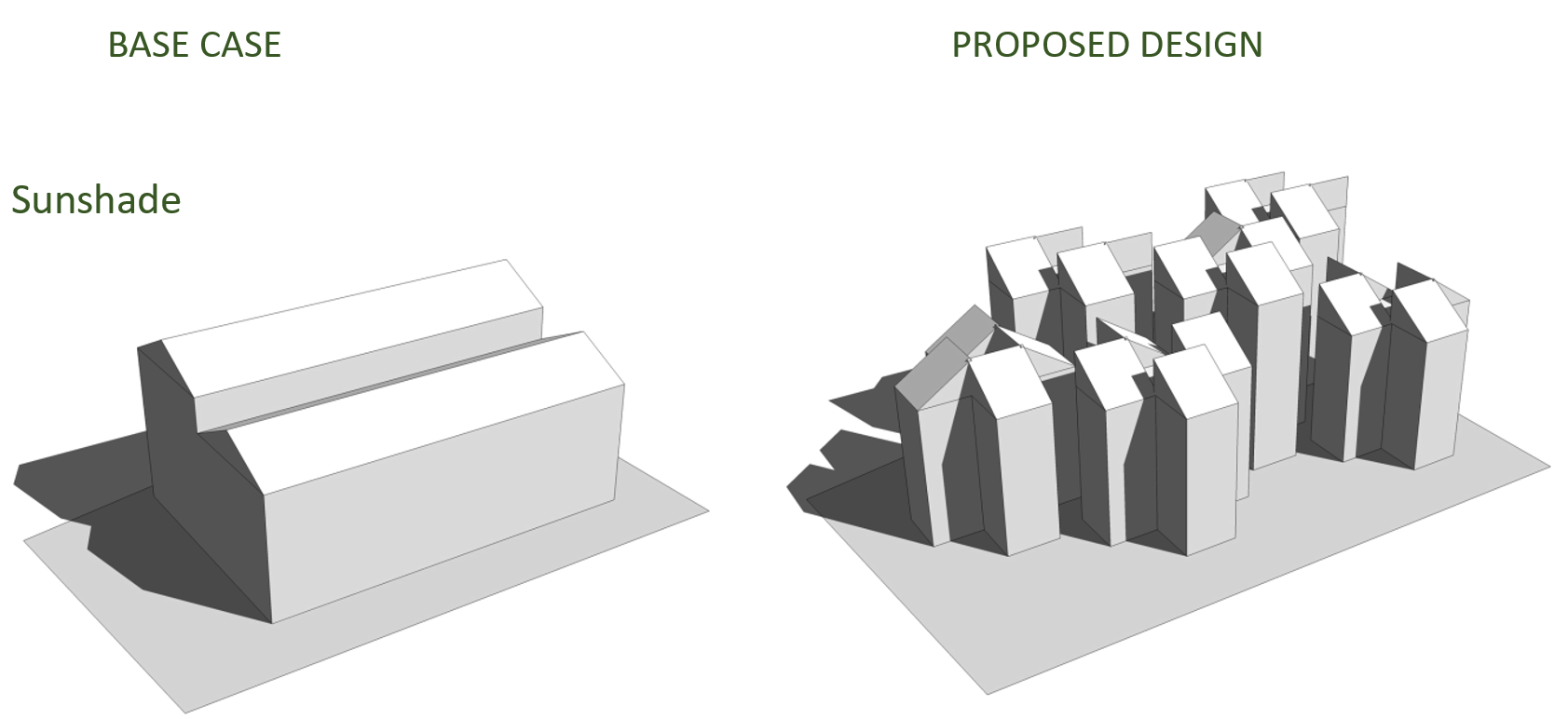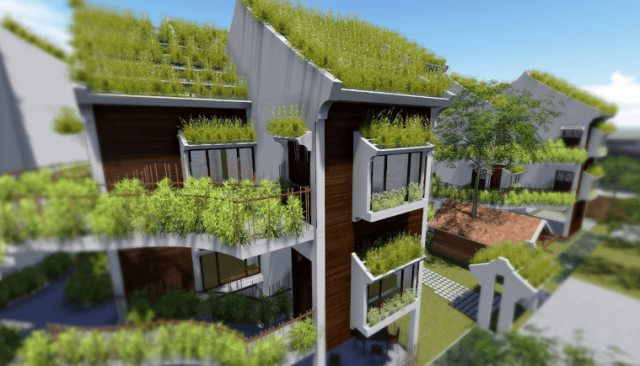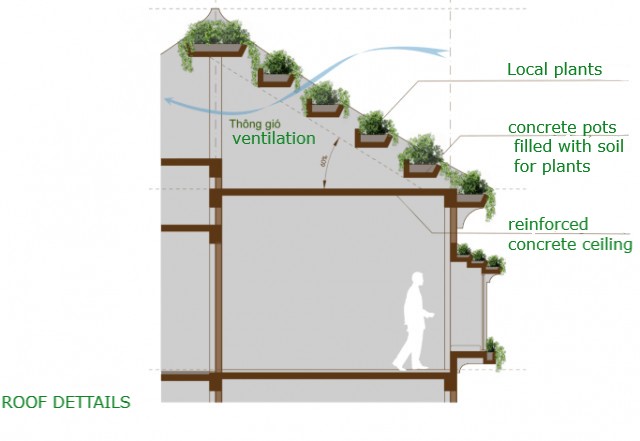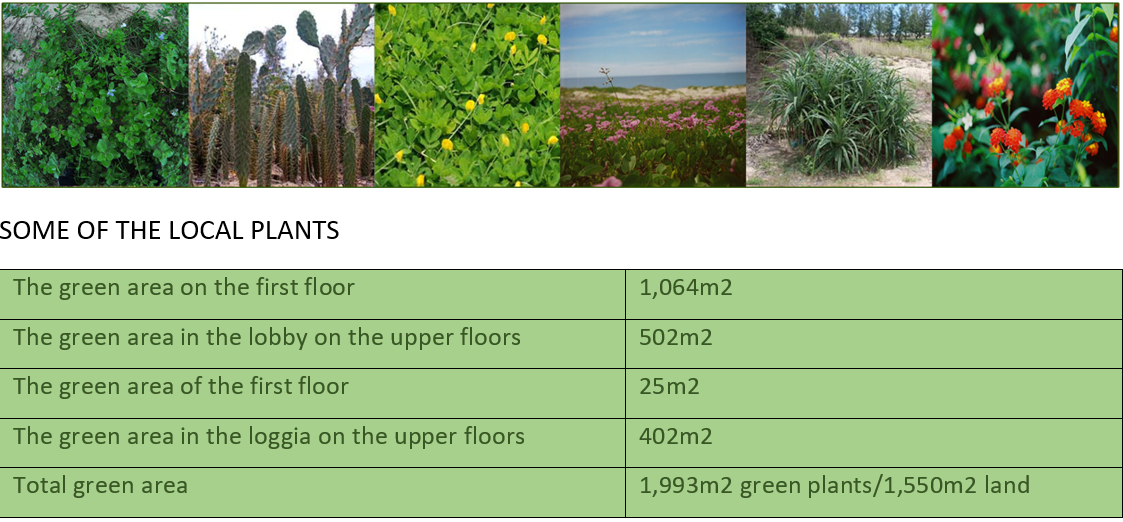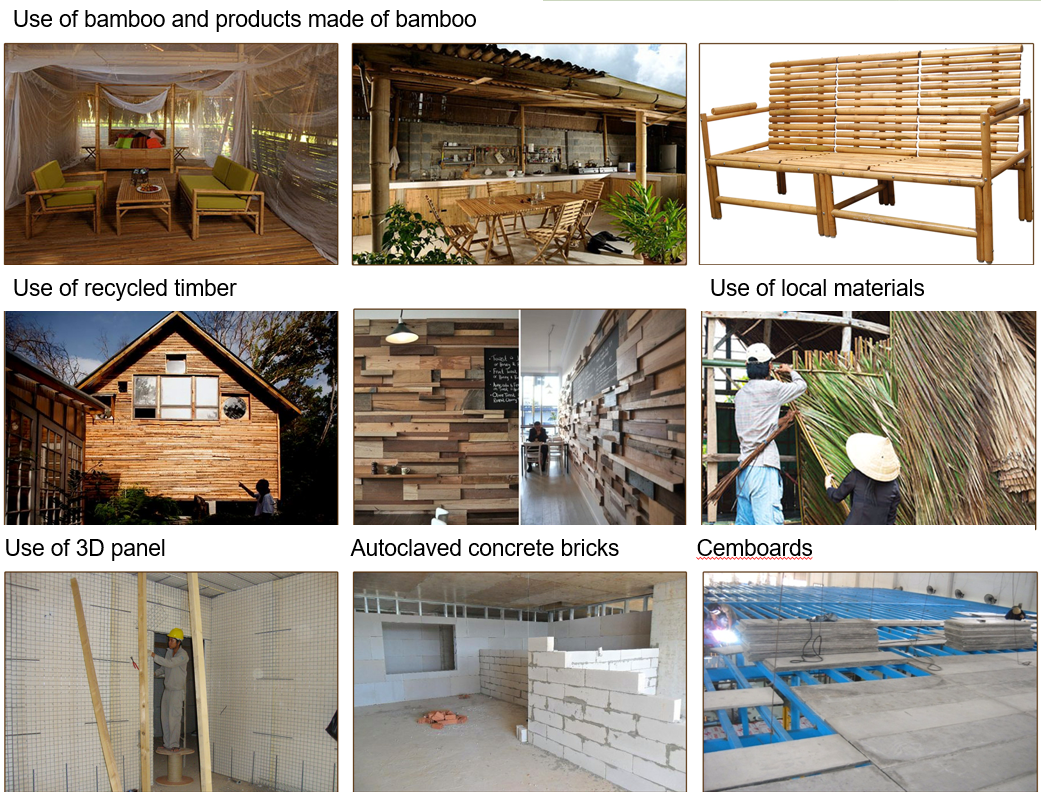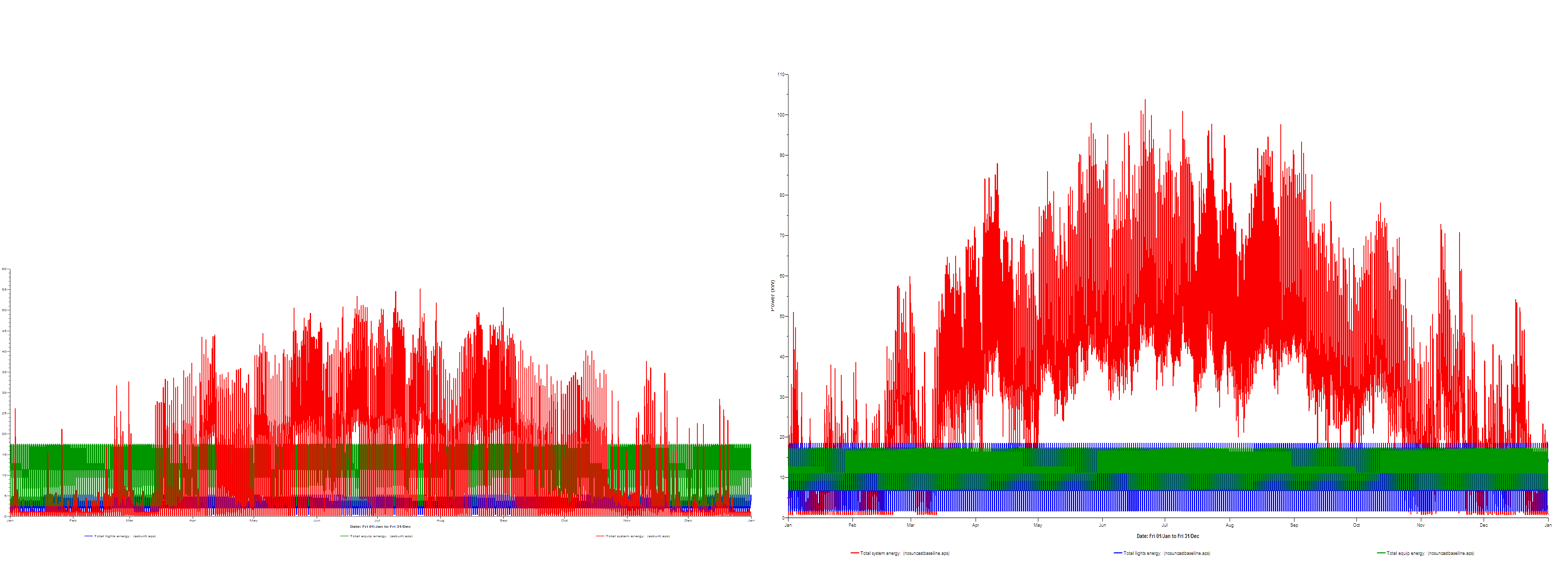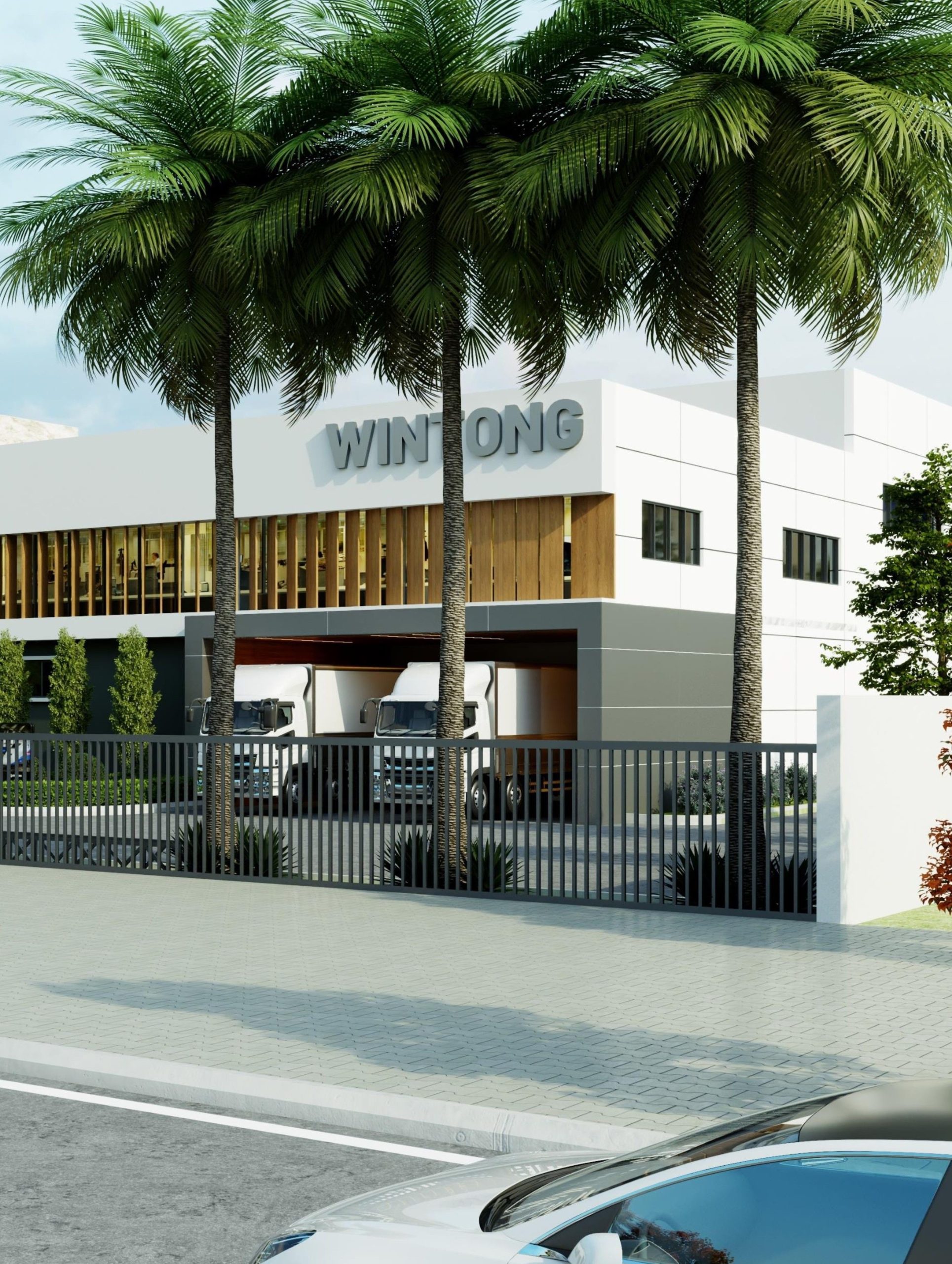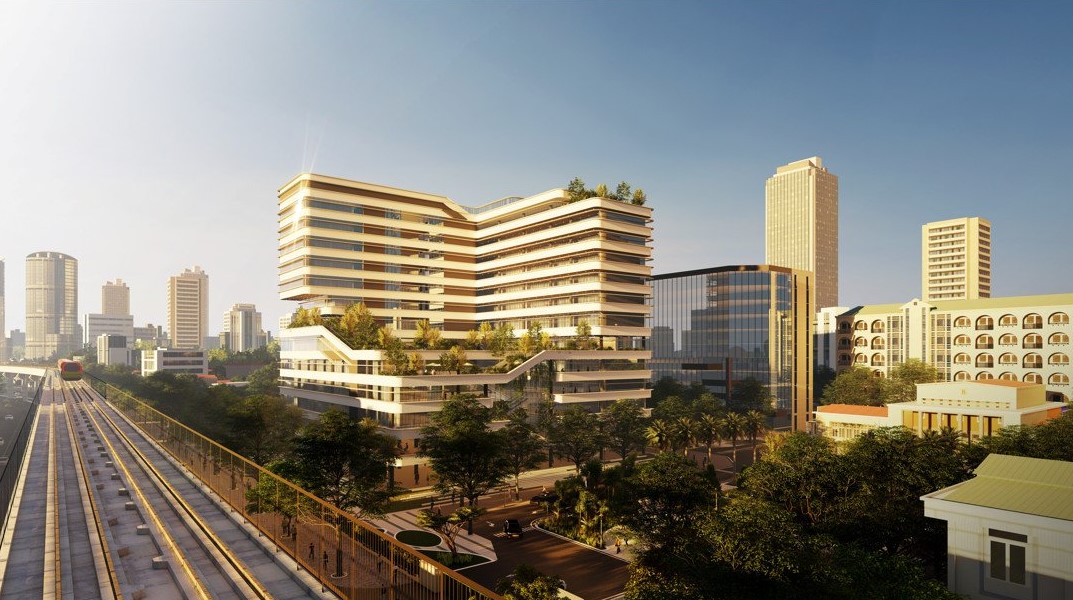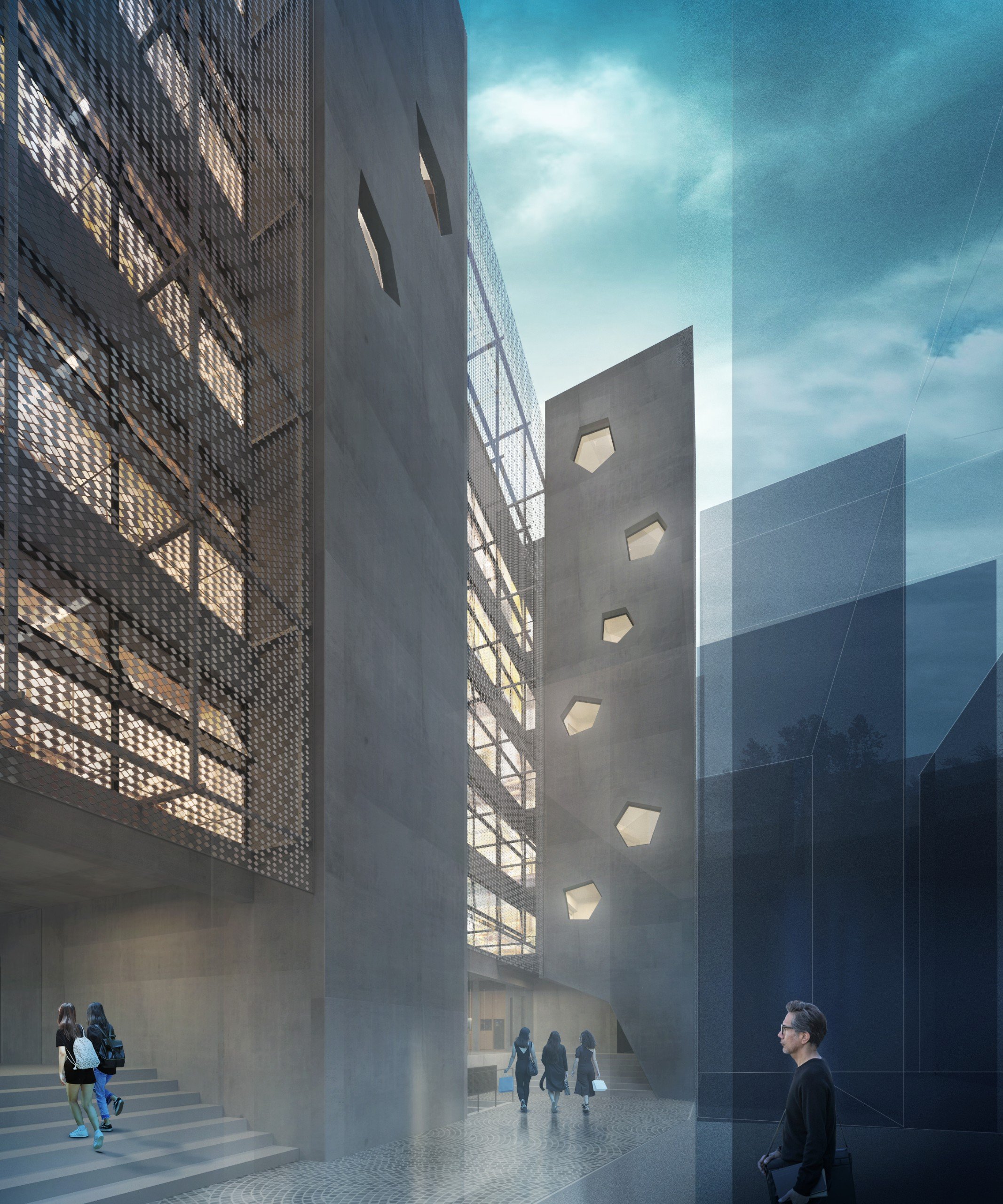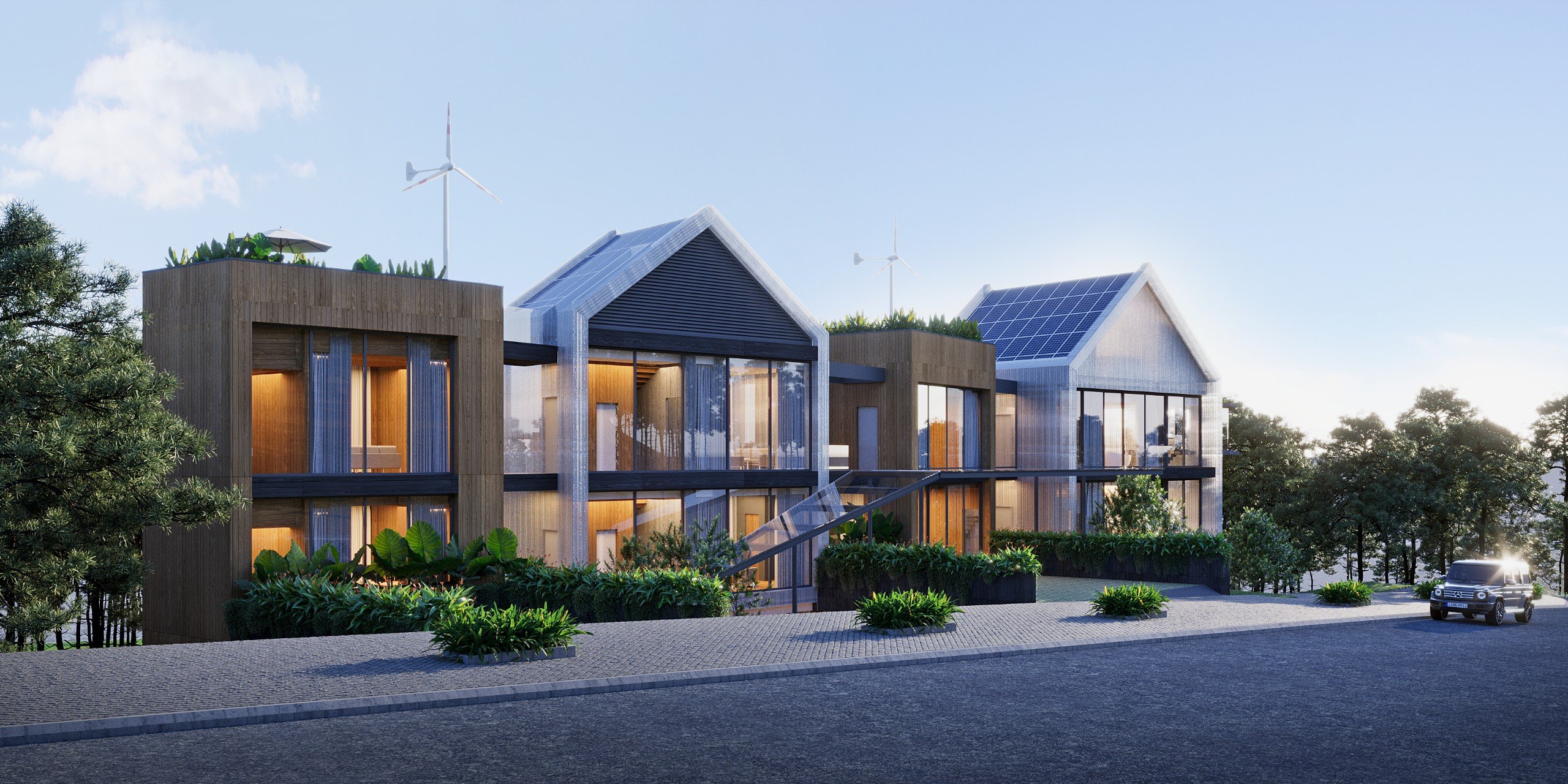THE VILLA HOI AN
Project > The Villa Hoi An
![]() 45%
45%
Energy consumption/year
![]() 359 billions VND
359 billions VND
Operating cost/year
Project > The Villa Hoi An
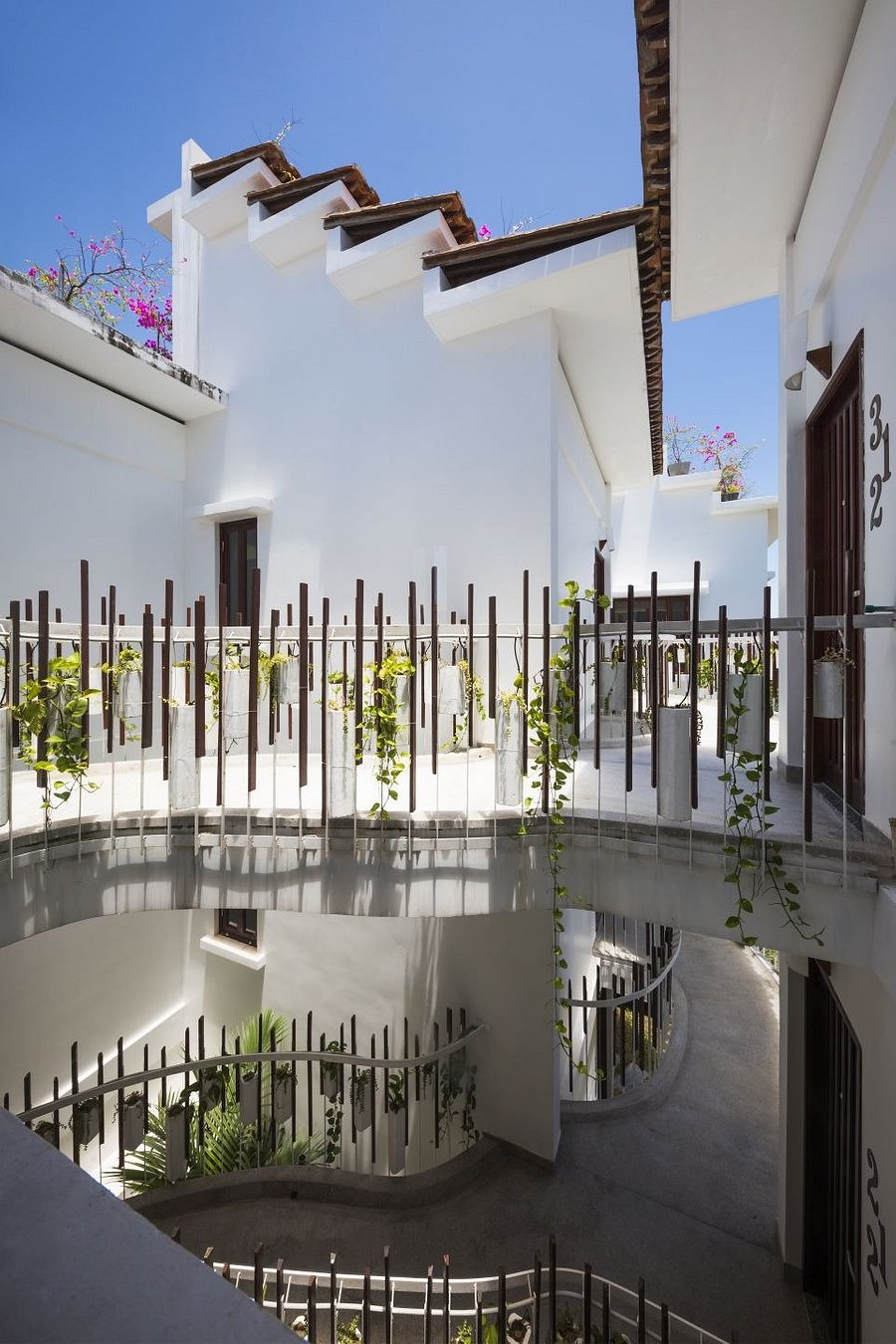
Investor: The Villa Hoi An Boutique
Type:Hotel resort
Location:Hoi An- Quang Nam
Total floor area:2,339 m²
Consulting package: Consulting Green Certificate HQE
Project properties: New building
Project > The Villa Hoi An

|
The Villa Hoi An project achieved an HQE PASS certificate and reduced operating costs by 350 million per year and by 45% in energy consumption. To obtain this result, the architect offered energy efficiency solutions such as: Using a combination of dispersed blocks provides a lot of shade, creating many shadows to increase the efficiency of shading and local ventilation for the project as well as allowing the airflow to neighboring areas behind; restoring the green area for the urban area by planting with a total area of 1,993 m2 of trees/1,550m2 of land; The roof surface is covered with green from locally grown plants that grow on their own and require no special care. Furthermore, the buildings’ walls are covered with wooden spokes, which serve both as sunshades and decorative elements, concealing the lights at night, and creating the feeling that there are countless lanterns lit up in the ancient town of Hoi An. Three core architectural solutions: making the most of self-shading, effective natural ventilation, and insulating envelopes have significantly helped the building reduce the use of electrical equipment for cooling and ventilation. |
The Villa Hoi An project prioritizes the use of eco-industrial materials with high-quality soundproof and heat insulation advantages such as 3D panels, autoclaved concrete bricks, or furniture made from local natural sources such as recycled wood, and pressed bamboo panels.
For this project, EDEEC has advised implementing solar energy for hot water heating and lighting with a moderate area to ensure compliance with HQE’s energy and waste criteria.
The equipment consulted for The Villa Hoi An project must also meet standards, have energy labels, and ensure star performance such as VRF inverter air conditioning systems. In particular, every room has instructions for using the windows and outdoor temperature alarm so that users can use them to maximize their efficiency and comfort, as well as being able to take advantage of natural wind. This helps to save energy, which creates a connection between the user and the natural local climate. If everyone follows the instructions correctly, each person can help reduce 1kg of CO2 emissions into the environment every day, increasing the individual’s social responsibility.

